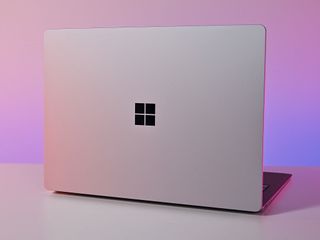New ransomware attack going after vulnerable Microsoft Exchange servers
A new ransomware attack highlights the importance of updating Microsoft Exchange servers.

What you need to know
- A new ransomware attack is targeting vulnerable Microsoft Exchange servers.
- The attack utilizes the same ProxyShell vulnerability exploits that were seen in the recent LockFile attacks.
- Microsoft patched these vulnerabilities in May 2021, but attackers have found ways around these fixes.
Yet another group of attackers is targeting vulnerable Microsoft Exchange servers. This time it's a group known as Conti, which is using ProxyShell vulnerabilities to get into corporate networks. News of the attacks comes from Sophos, which was involved in an incident response case (via Bleeping Computer).
ProxyShell refers to three chained Microsoft Exchange vulnerabilities. When exploited, attackers can use it for unauthenticated, remote execution. The vulnerabilities were first discovered by Orange Tsai. The ProxyShell vulnerabilities were also said to be utilized in the recent LockFile attacks.
Microsoft patched the ProxyShell vulnerabilities in May 2021, but researchers and attackers have since been about to reproduce the exploit (via Peter Json). Some organizations have not implemented Microsoft's patch yet, leaving servers vulnerable. Since the technical details of the vulnerabilities have been released, threat actors know how to exploit them on unpatched servers.
The attacks by Conti saw attackers compromise servers and installing tools to gain remote access to devices. The threat actors were then able to steal unencrypted data.
A worrying detail about this attack is the speed at which it was completed. "Within 48 hours of gaining that initial access, the attackers had exfiltrated about 1 Terabyte of data," says Sophos. "After five days had passed, they deployed the Conti ransomware to every machine on the network, specifically targeting individual network shares on each computer."
The attackers from Conti used an email from "@evil.corp," which raises several red flags.
To keep servers protected, Exchange server admins need to apply Microsoft's most recent cumulative updates.
Get the Windows Central Newsletter
All the latest news, reviews, and guides for Windows and Xbox diehards.

Sean Endicott brings nearly a decade of experience covering Microsoft and Windows news to Windows Central. He joined our team in 2017 as an app reviewer and now heads up our day-to-day news coverage. If you have a news tip or an app to review, hit him up at sean.endicott@futurenet.com.
